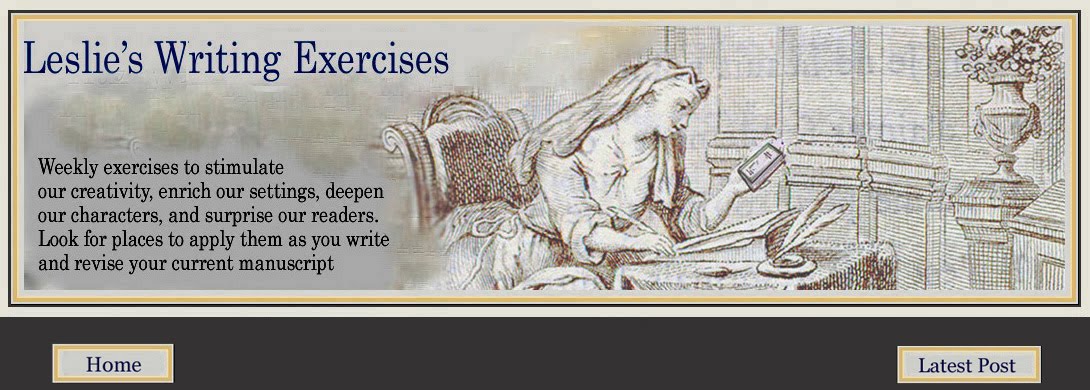It's so easy to fall back on those first-thing-that-pops-into-your-mind clichés when presenting the emotions of our characters. What a laugh it would be to read over the early drafts of some of my old stories--loaded with pounding hearts and sweaty palms, no doubt. Not to mention single tears rolling down flushed cheeks; clenched fists; and nervously tapping feet. It's much more difficult--and consequently much more rewarding--to come up with fresh, new ways of depicting character emotions.
In Creating Character Emotion, the one writing book I probably revisit more often than any other, author Ann Hood talks about creating character depth through emotional complexity:
Take a look at this example from Anton Chekhov's short story "The Kiss" in which the main character, an officer named Ryabovitch, suffers all kinds of emotional turmoil when he unexpectedly finds himself invited to tea at the home of General Von Rabbek and his wife. The man is an emotional mess. It's not simply nervousness he feels, but also shame, envy, delight, mortification, and anxiety⎯just to name a few:
"…. At first, on going into the room and sitting down to the table, he could not fix his attention on any one face or object. The faces, the dresses, the cut-glass decanters of brandy, the steam from the glasses, the moulded cornices -- all blended in one general impression that inspired in Ryabovitch alarm and a desire to hide his head. Like a lecturer making his first appearance before the public, he saw everything that was before his eyes, but apparently only had a dim understanding of it…. After a little while, growing accustomed to his surroundings, Ryabovitch saw clearly and began to observe. As a shy man, unused to society, what struck him first was that in which he had always been deficient -- namely, the extraordinary boldness of his new acquaintances….
Ryabovitch stood near the door among those who were not dancing and looked on. He had never once danced in his whole life, and he had never once in his life put his arm round the waist of a respectable woman. He was highly delighted that a man should in the sight of all take a girl he did not know round the waist and offer her his shoulder to put her hand on, but he could not imagine himself in the position of such a man. There were times when he envied the boldness and swagger of his companions and was inwardly wretched; the consciousness that he was timid, that he was round-shouldered and uninteresting, that he had a long waist and lynx-like whiskers, had deeply mortified him, but with years he had grown used to this feeling, and now, looking at his comrades dancing or loudly talking, he no longer envied them, but only felt touched and mournful."
One way to render genuine emotion in our stories is to draw from our own life experiences. Kim Edwards, author of The Memory Keeper's Daughter, tells how she mined her own experiences as a young woman to discover just the right way to depict her character's complex emotions:
In "The Kiss" Chekhov uses concrete detail and comparison to render the shame and inadequacy that Ryabovich experiences at the party: "the faces, the dresses, the cut-glass decanters of brandy, the steam from the glasses, the moulded cornices […] inspired alarm and the desire to hide his head." When Ryabovich watches as another officer takes "a girl he did not know round the waist and offer her his shoulder to put her hand on" we see the comparison and understand his feelings of mortification and envy.
Ann Hood: Creating Character Emotions
Kim Edwards: "Icebergs, Glaciers, and Arctic Dreams: Developing Characters," essay in Creating Fiction (edited by Julie Checkoway)
Anton Chekhov: "The Kiss"
Kim Edwards: "Icebergs, Glaciers, and Arctic Dreams: Developing Characters," essay in Creating Fiction (edited by Julie Checkoway)
Anton Chekhov: "The Kiss"





No comments:
Post a Comment
Thanks for sharing your thoughts...